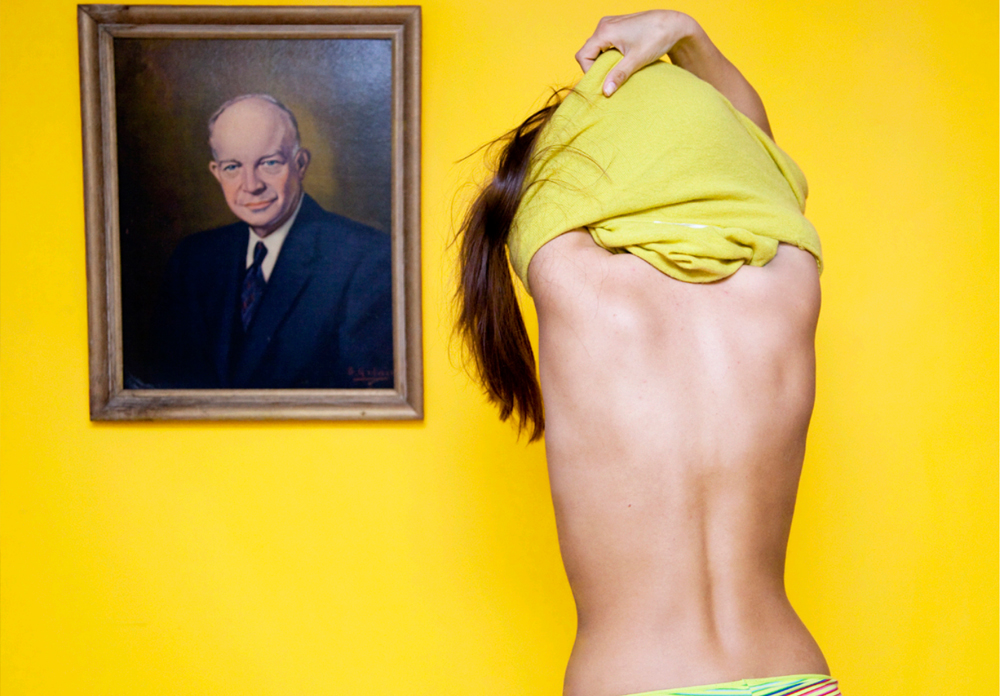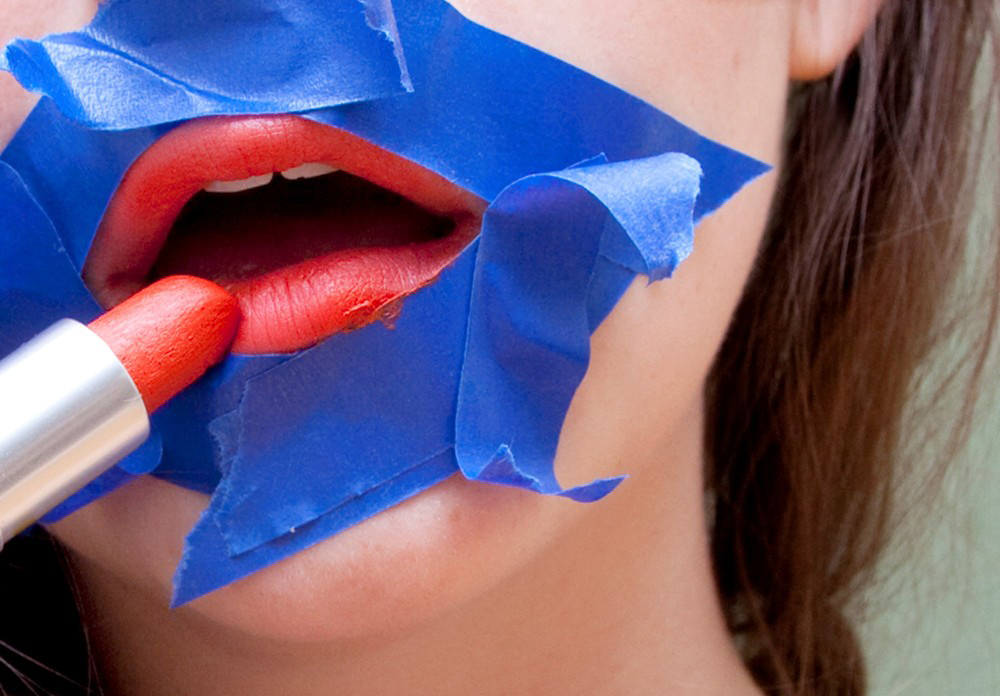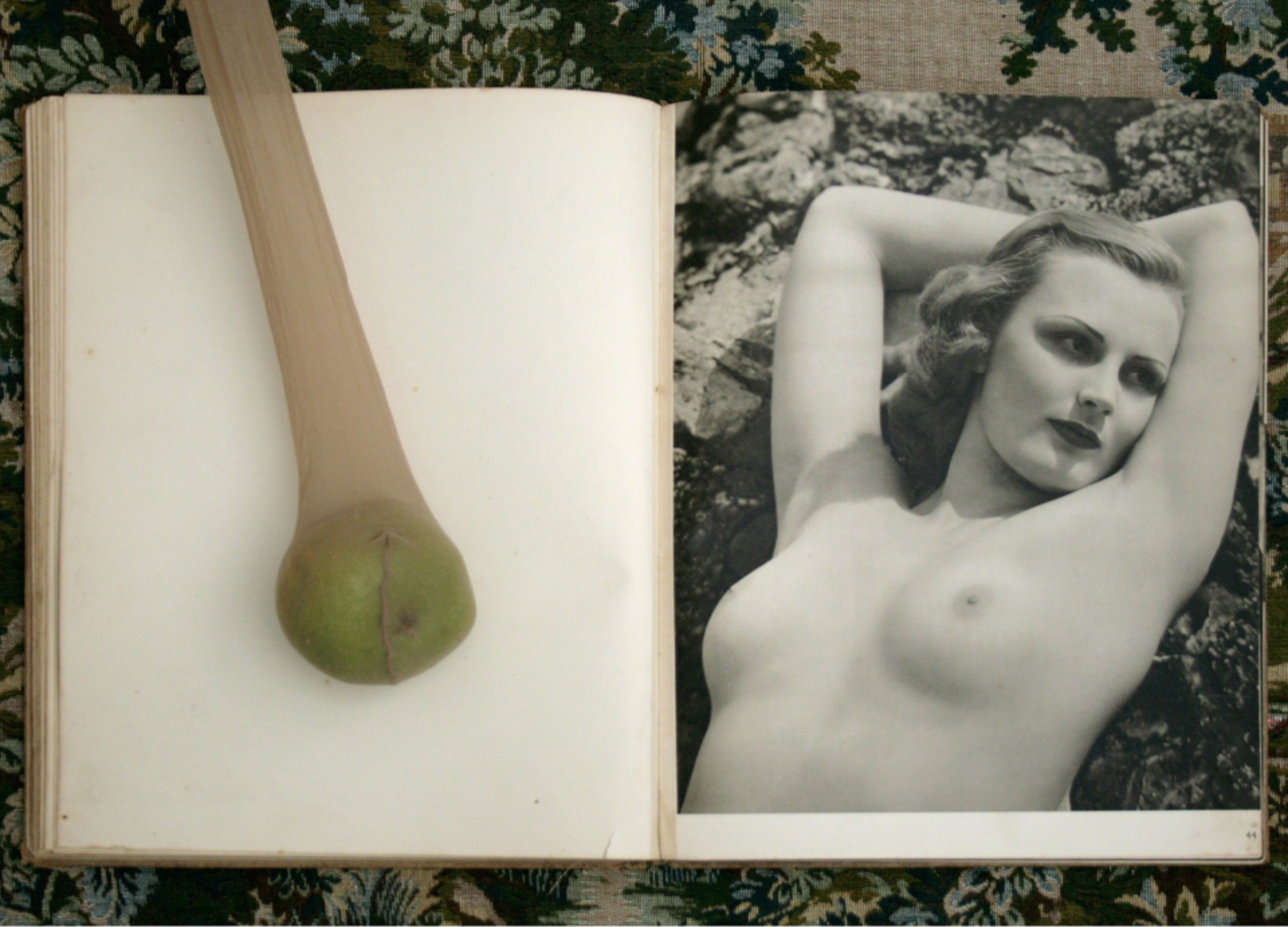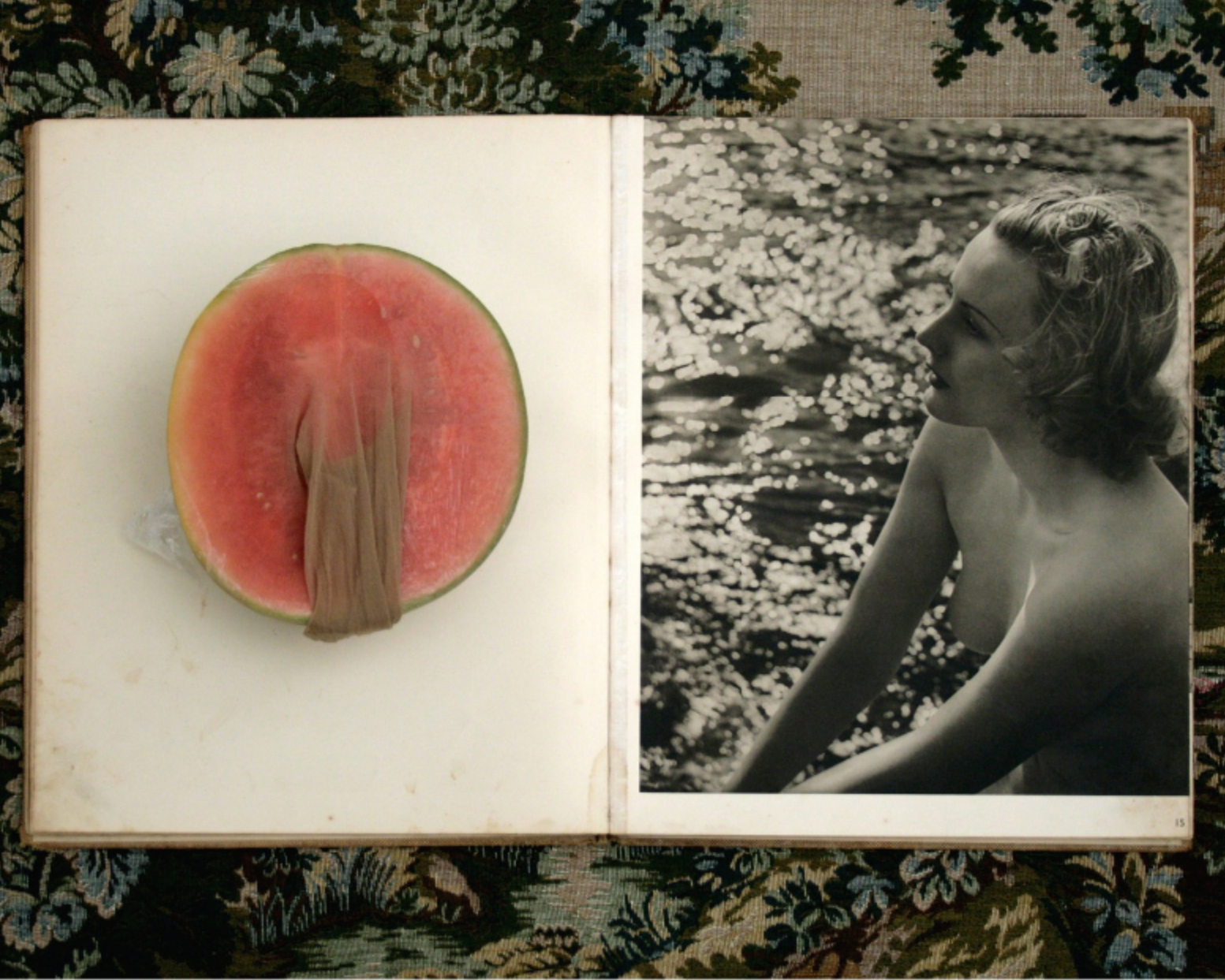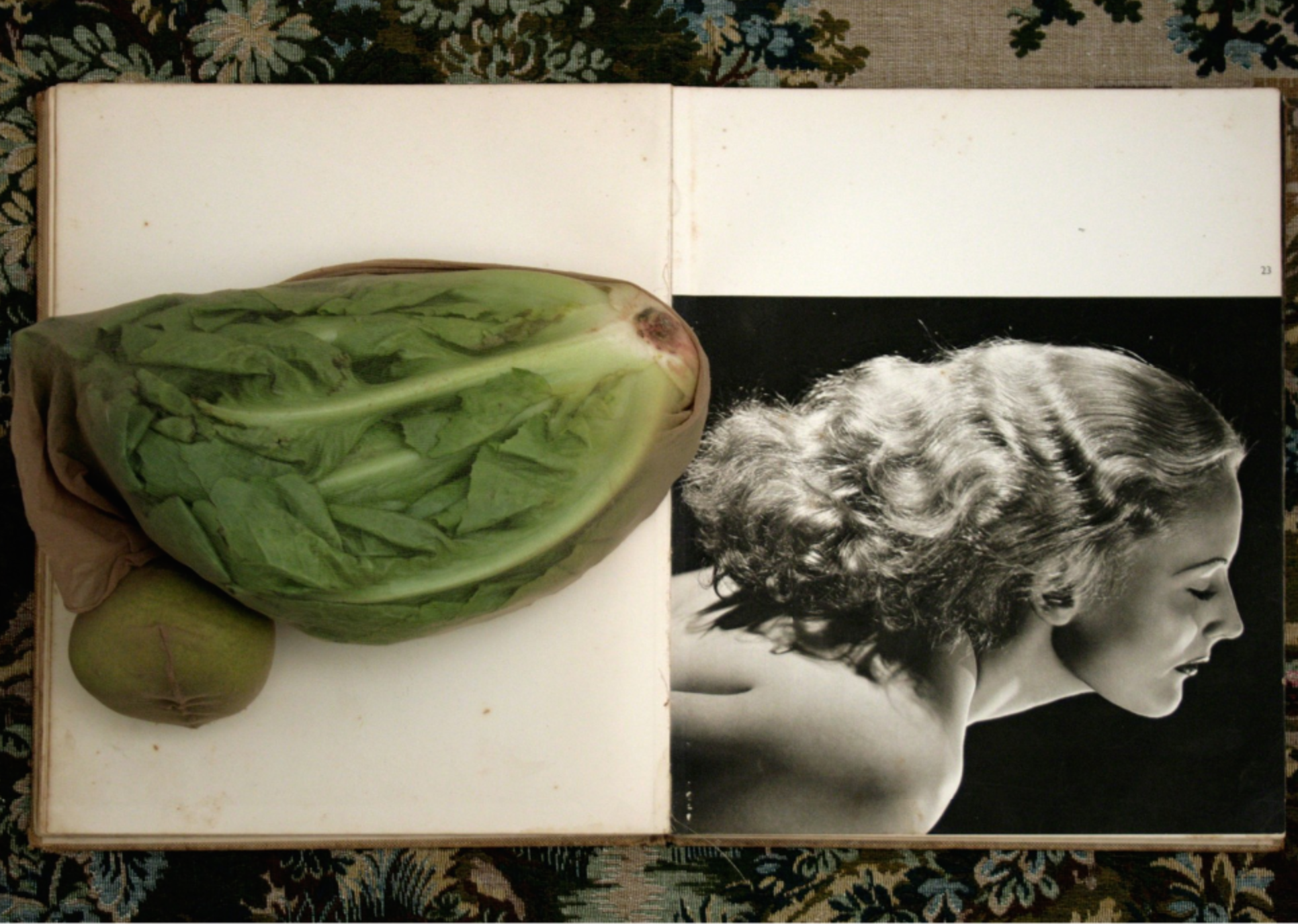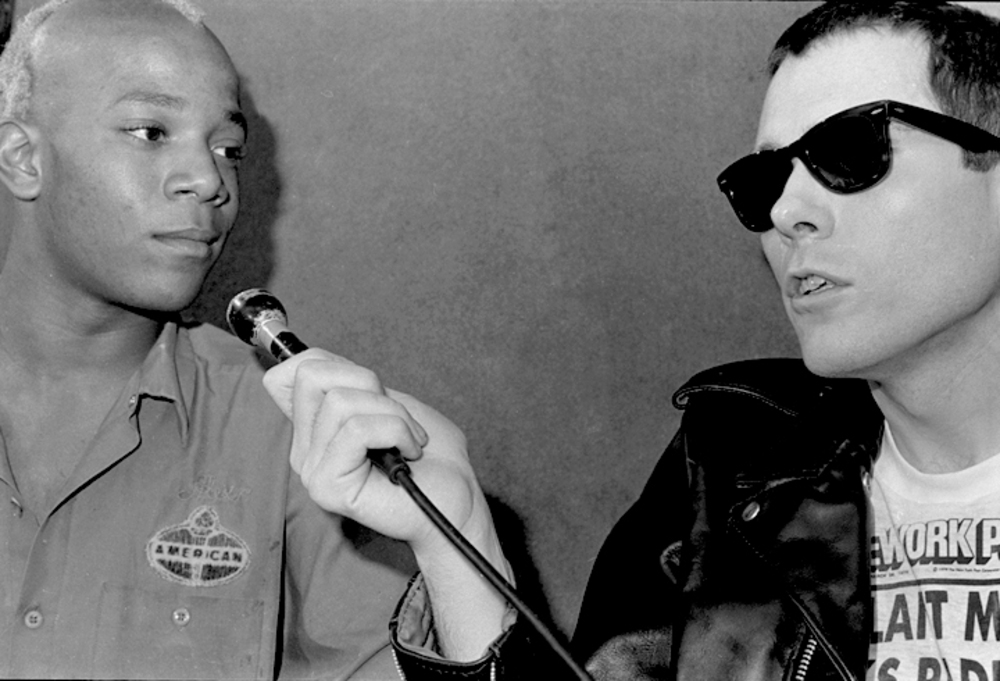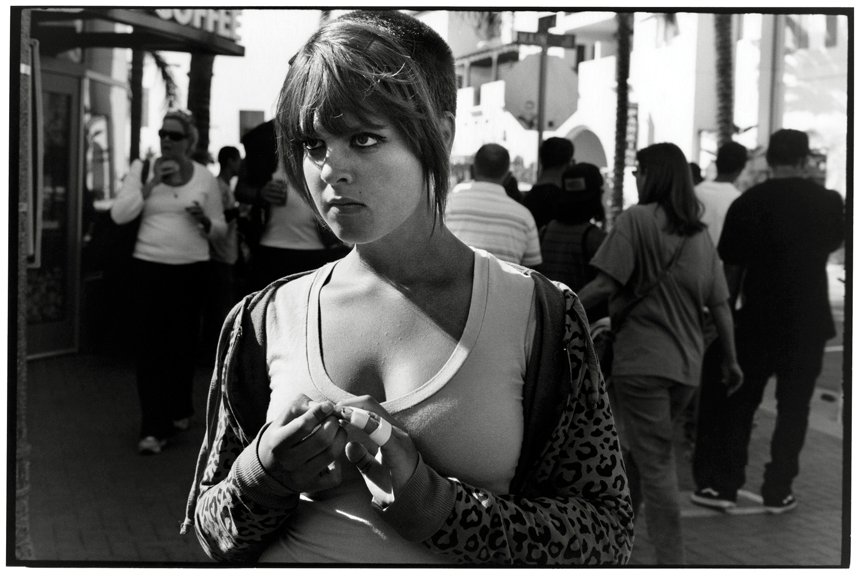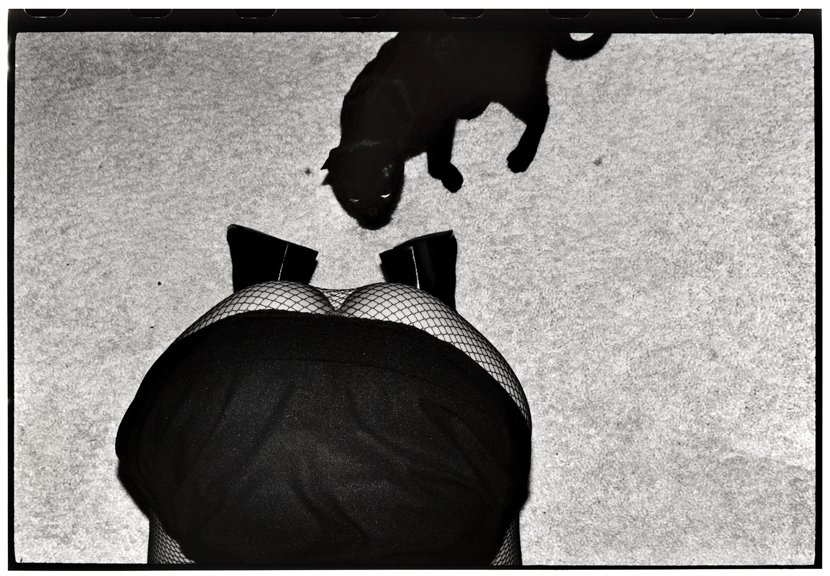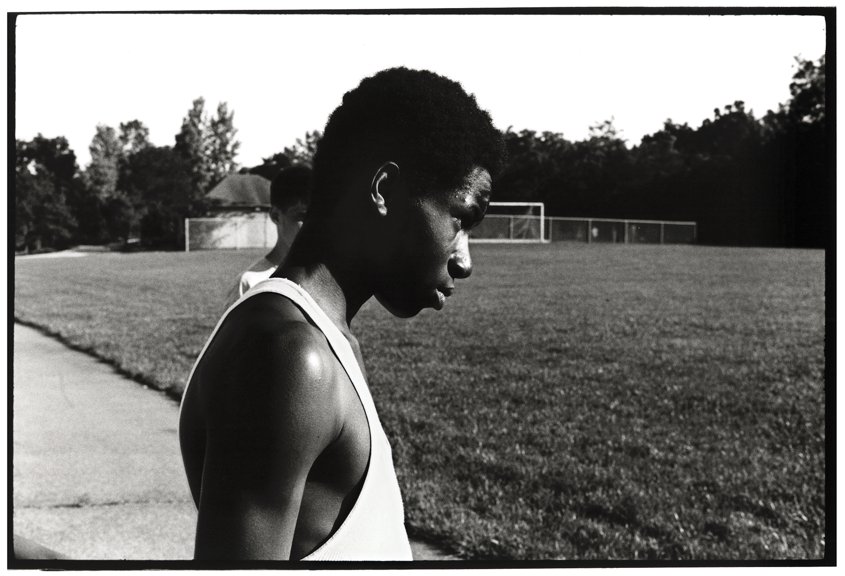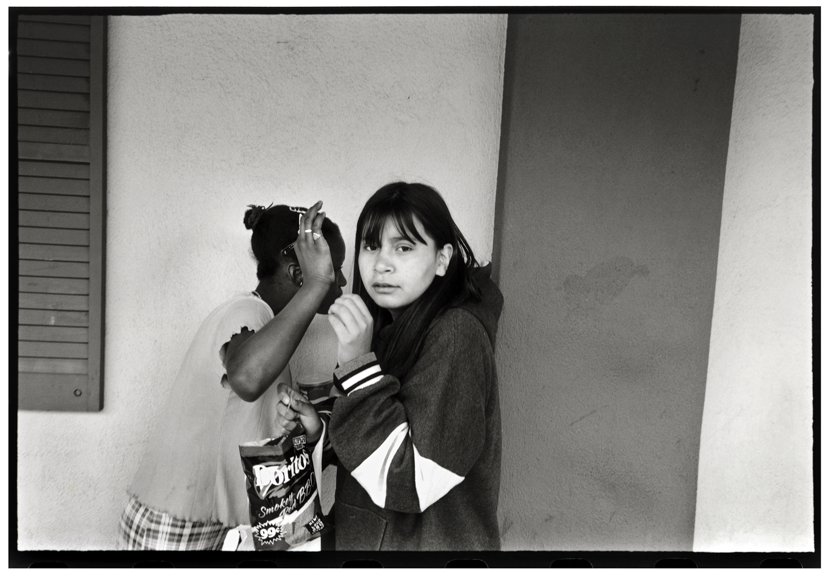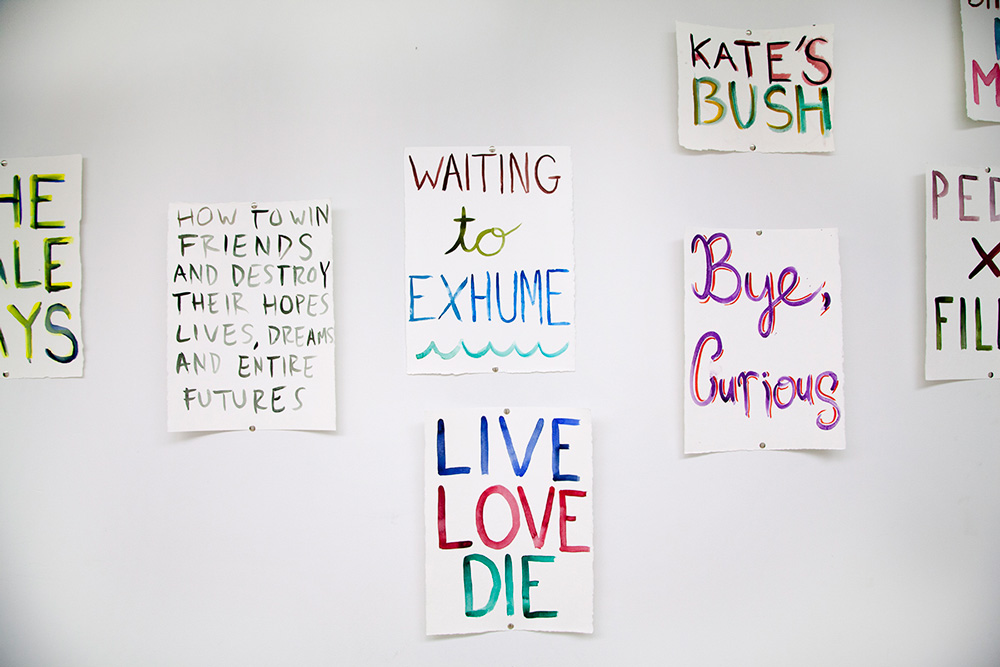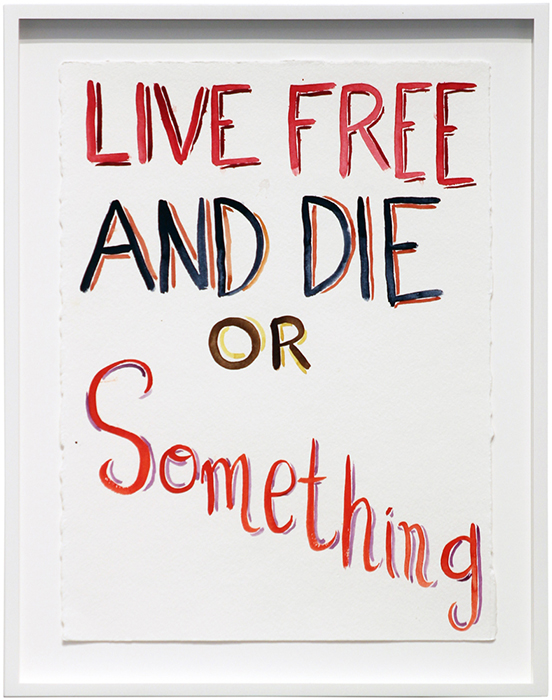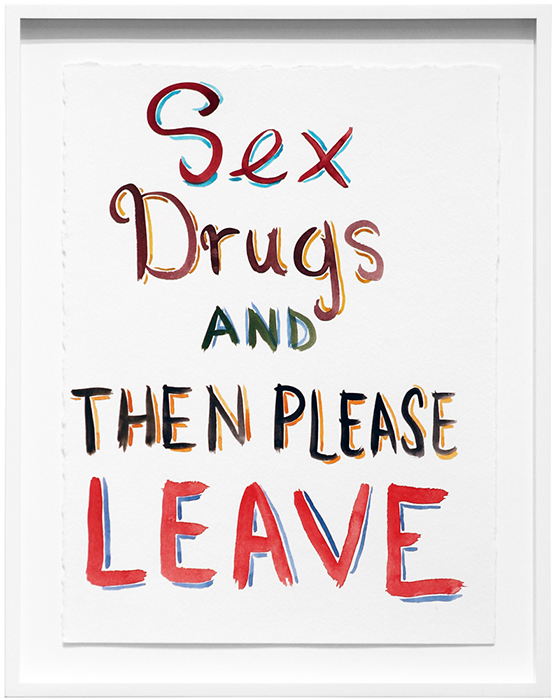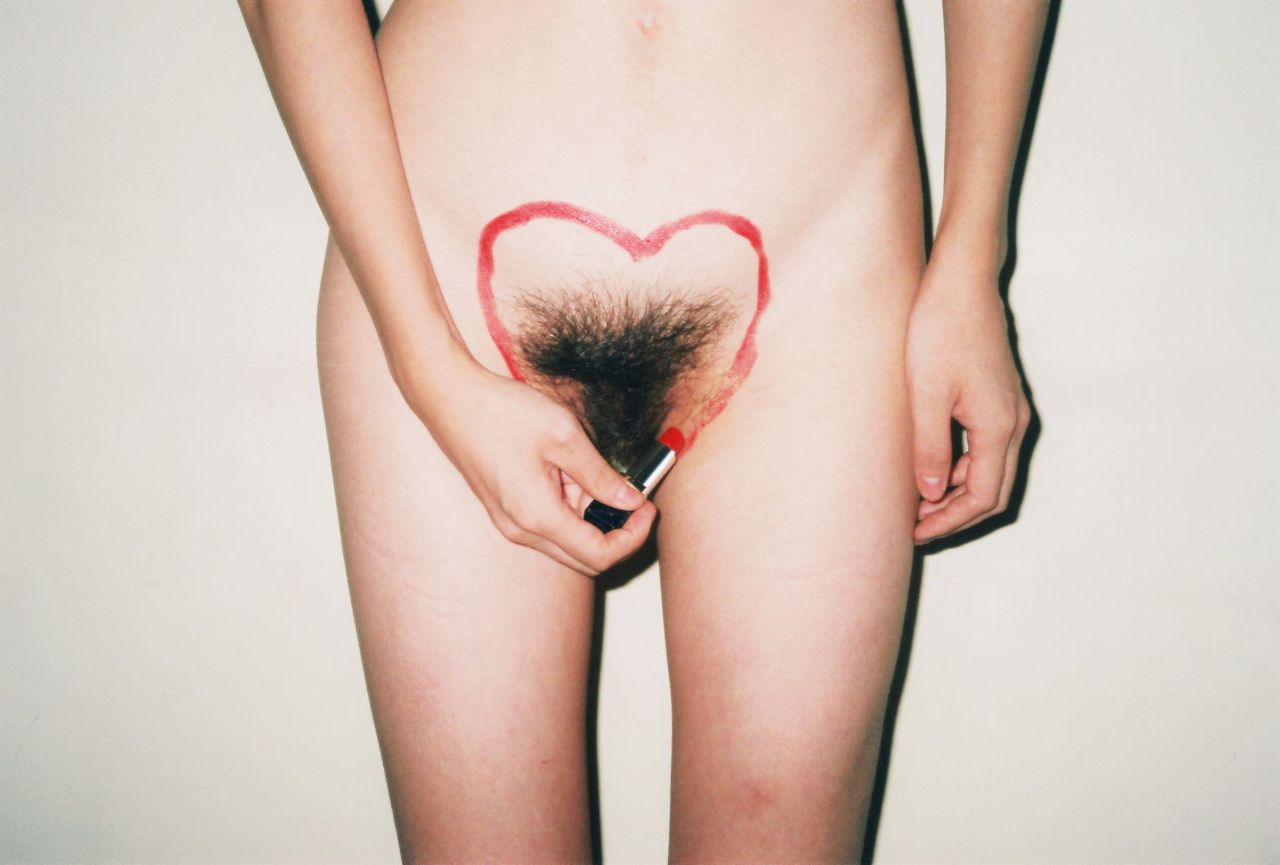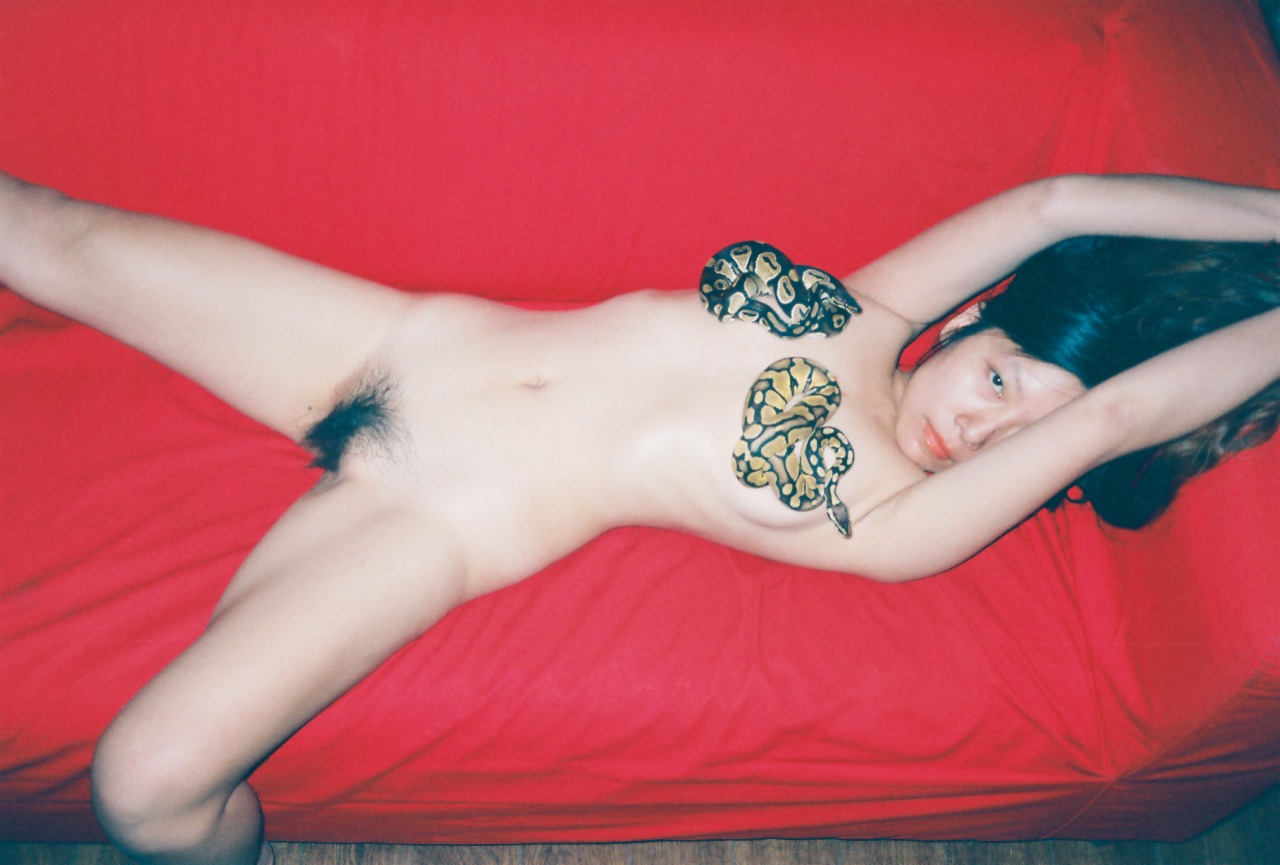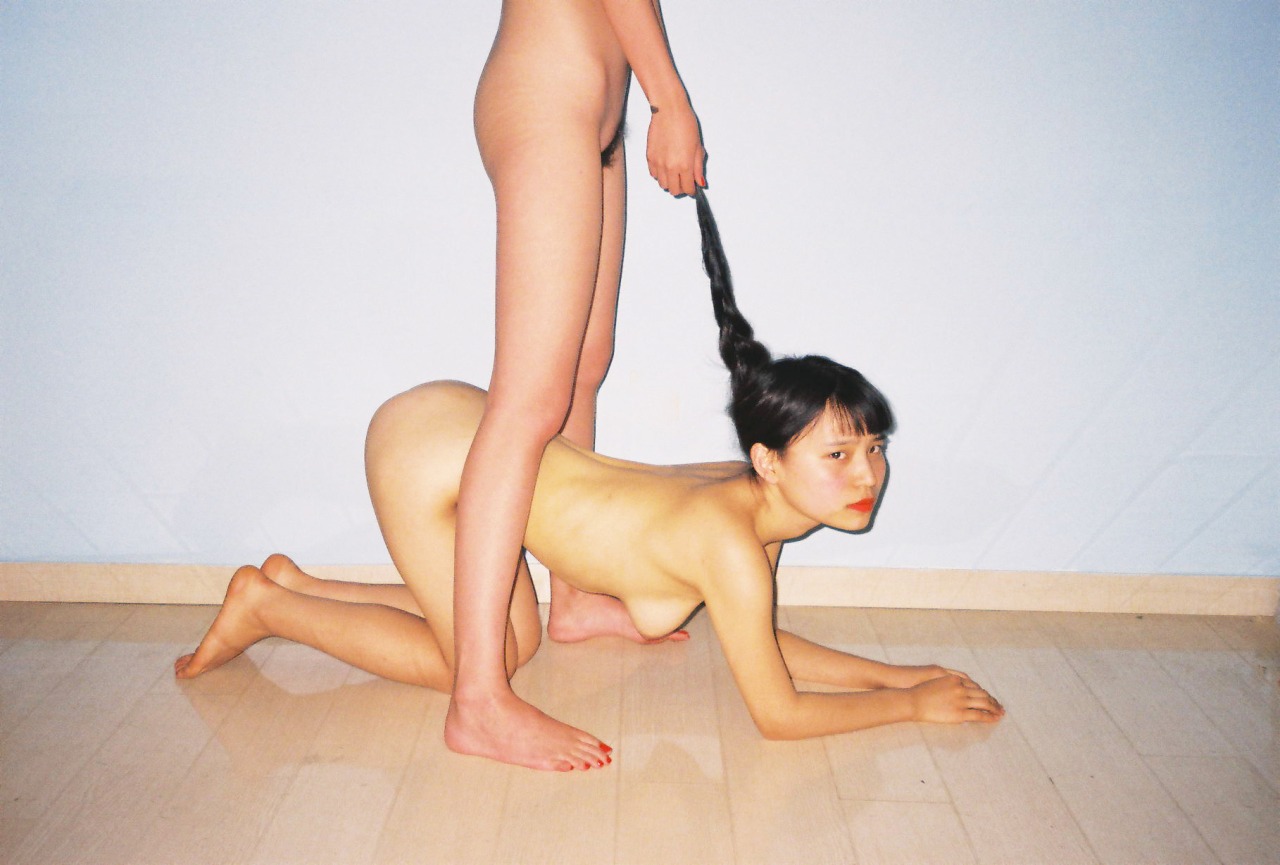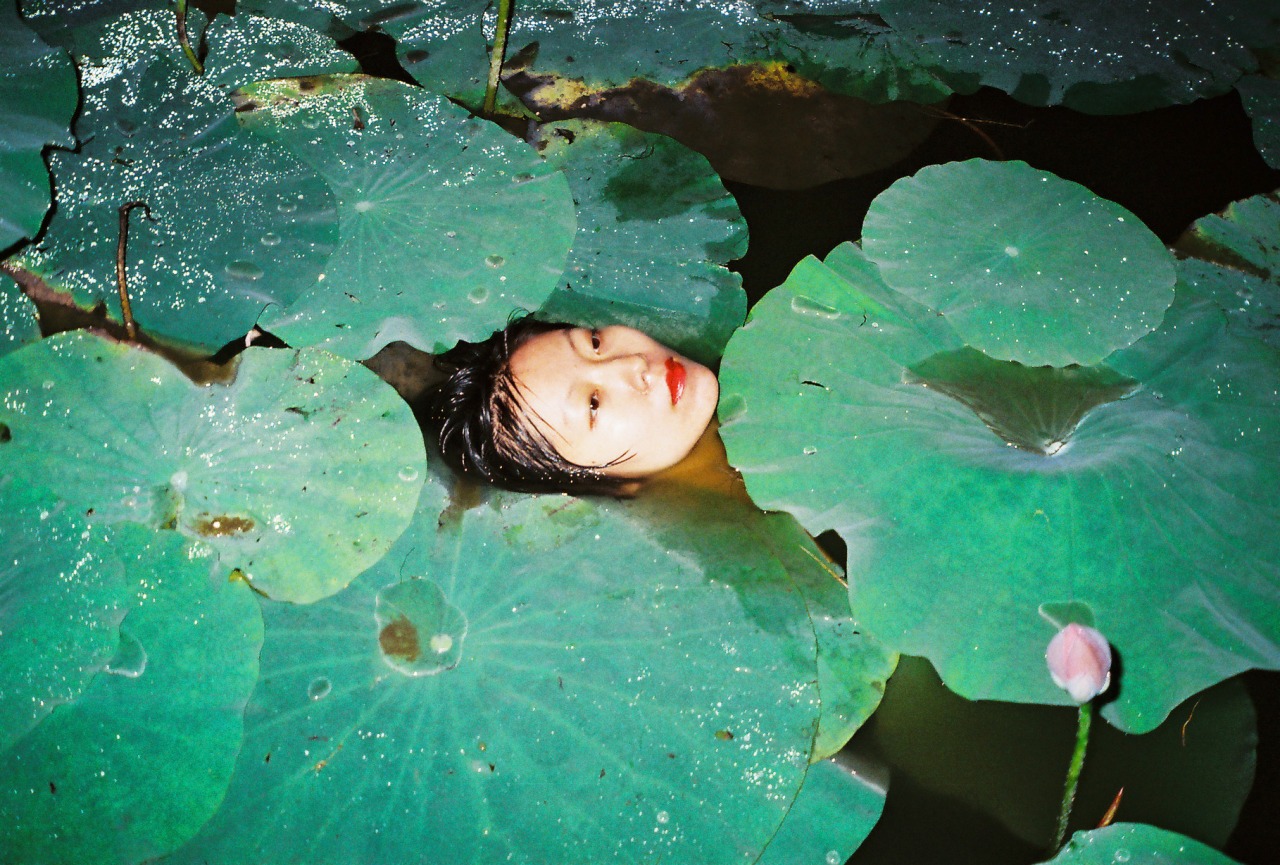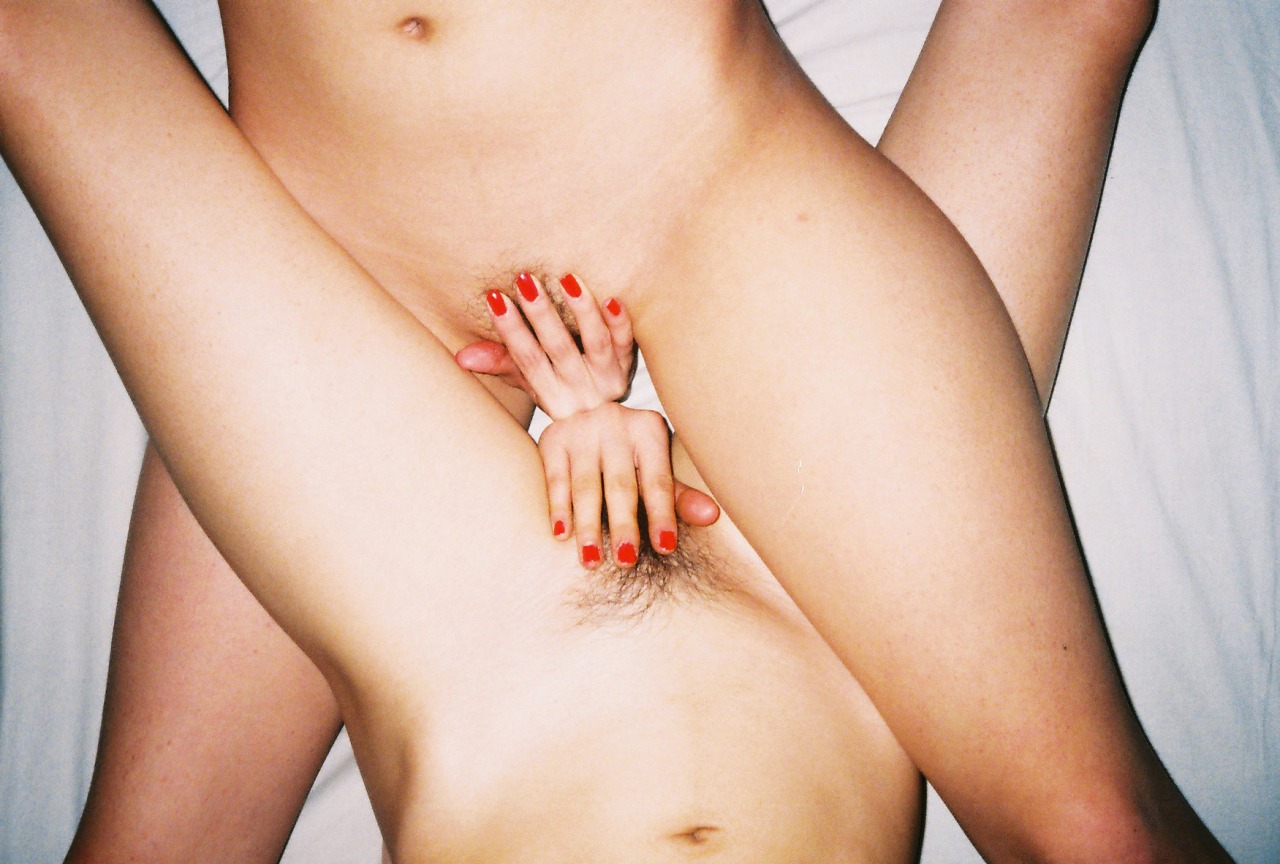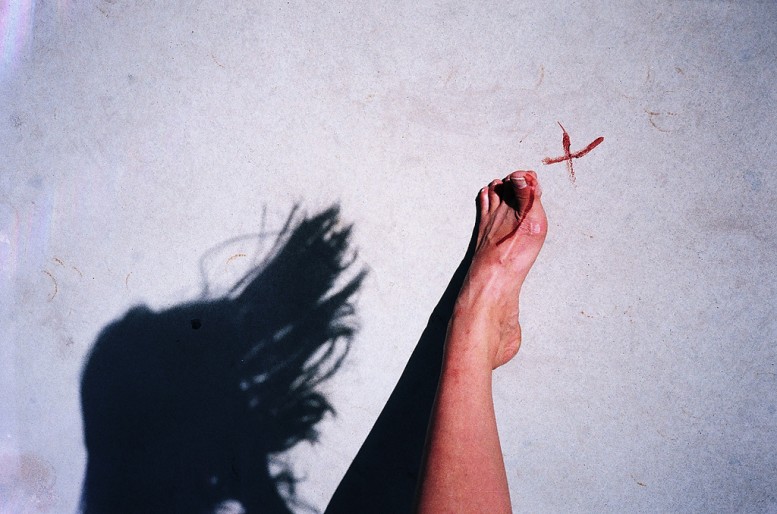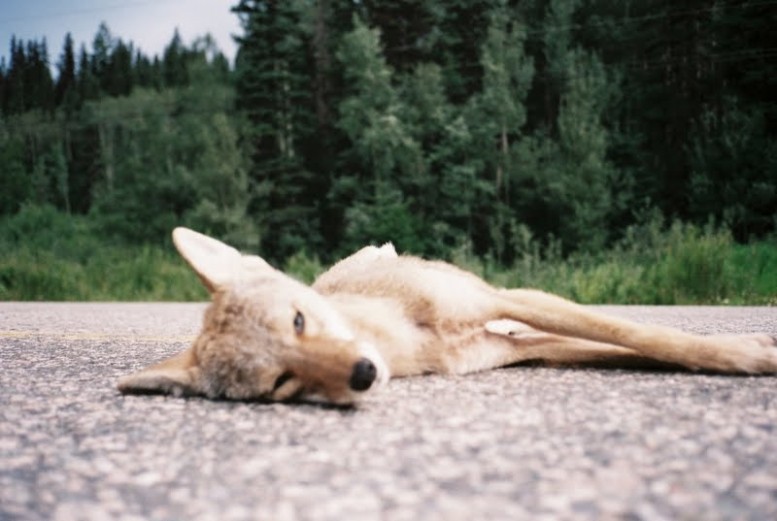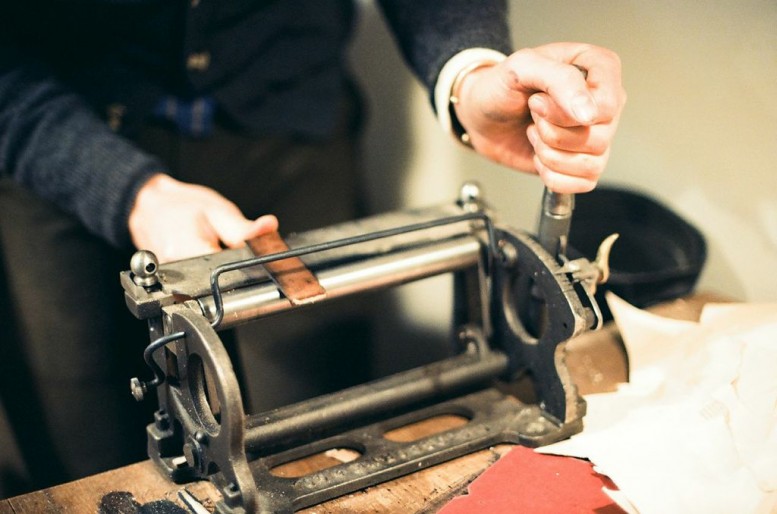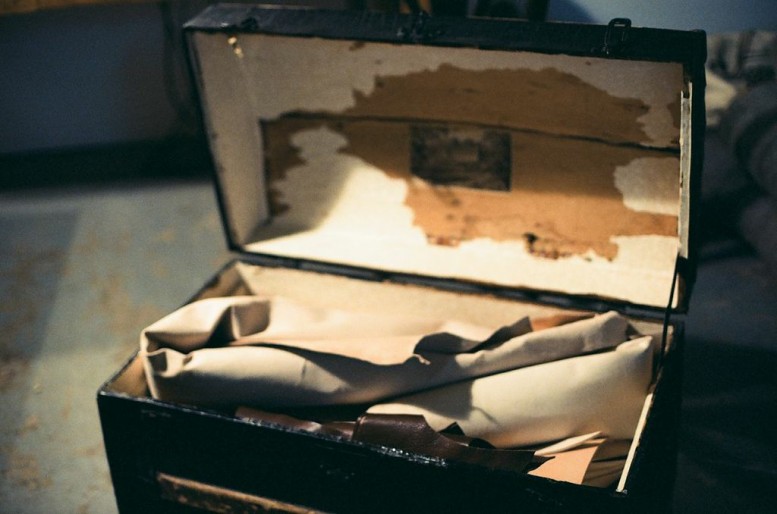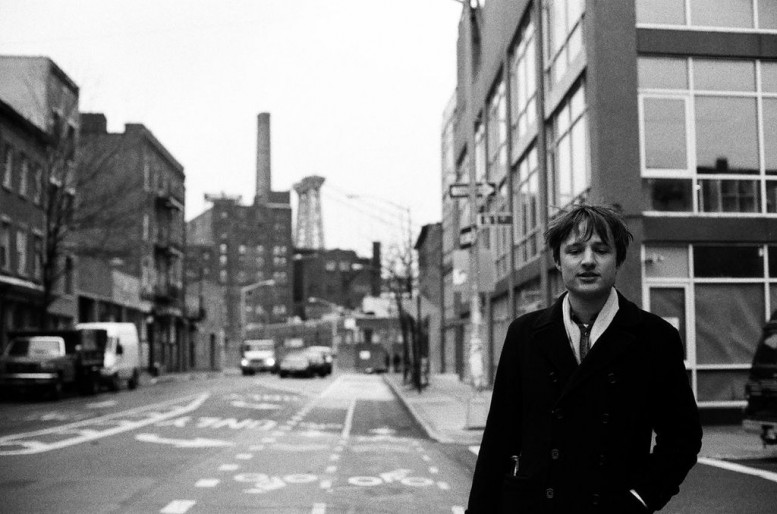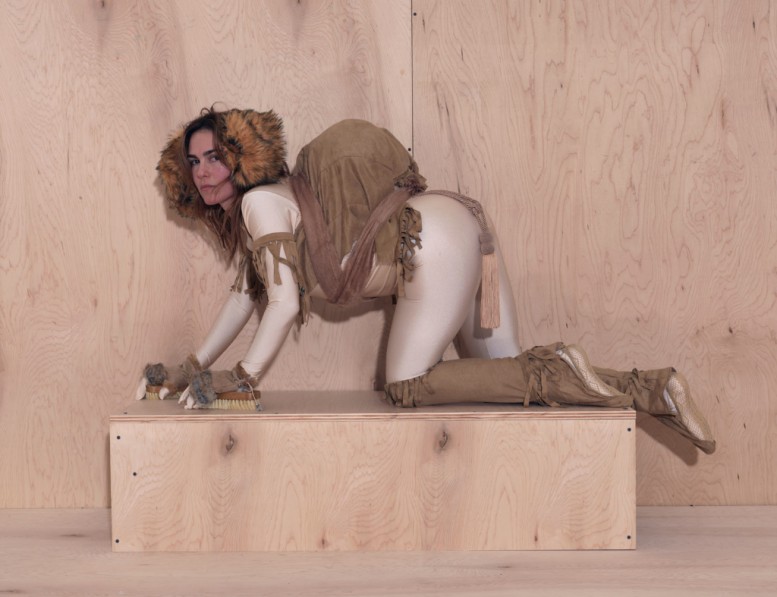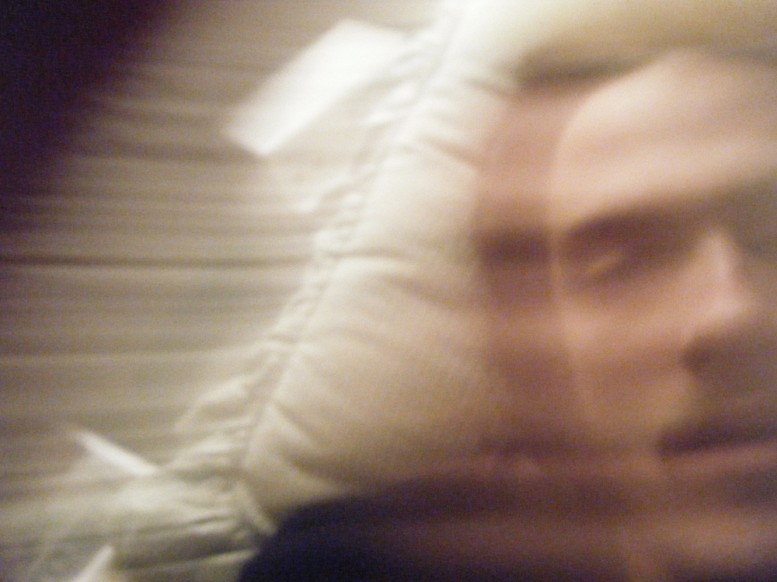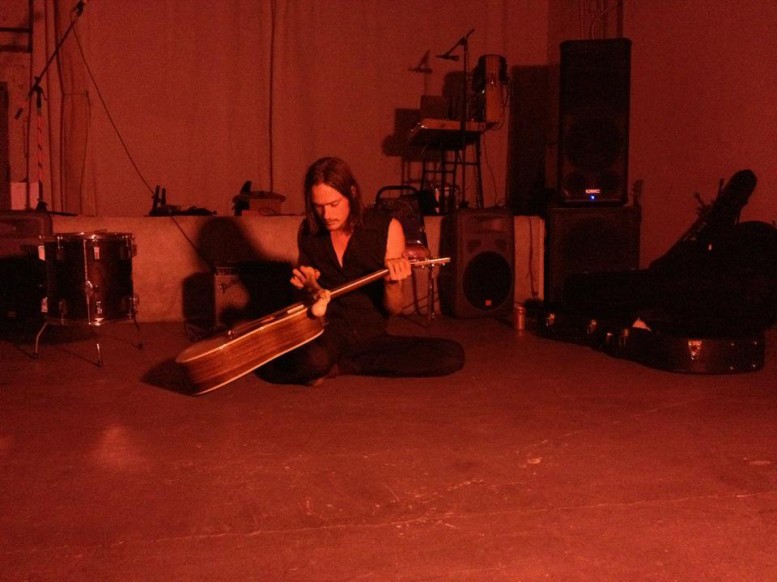photograph by Dola Baroni
The first thing that you notice when you listen to Jessica Pratt’s music is her extremely unique voice. It is instantly recognizable. It has a light spiritual hauntedness that makes her lyrics dance, flicker and fade like the last few seconds of an 8mm home movie. In her melodies and guitar picking, you can hear the ghost of Nick Drake and the lyrical heartbrokenness of a country ballad – all with a slight hint or twang of Marty Robbins Americana. Today marks the release of Pratt’s second album – entitled On Your Own Love Again (Drag City). The album is slightly more ebullient, albeit with a streak of melancholy, and perhaps more kaleidoscopic than her self-titled debut album, which was recorded by Tim Presley – of the band White Fence – on a label that he created solely to release Pratt’s music. In the following interview, Pratt talks about how Ariel Pink changed the way she approaches music and how Los Angeles has affected her recording process.
AUTRE: A lot of musical artists have very specific inspirational references that shaped the sound of their music – can you name one artist that you discovered that blew your mind; an artist that really floored you?
JESSICA PRATT: Though I feel I’ve been influenced by a fairly wide array of artists, there are some that make a special imprint on you. Paul Williams is a guy who’s song structures and approach to pop melodies have always struck a chord with me. Even though his sound is pretty smooth, he’s got a kinda weird voice and I like that blend of conventionality and off-kilter. Marianne Faithfull’s 1971 Rich Kid Blues is a major vocal influence I couldn’t deny. But, in 2011 I went to a small Ariel Pink show. He played mostly stuff off of Before Today and seeing the way he performed those songs forever changed the way I thought about and approached making music, pure and simple.
AUTRE: Living in San Francisco and then Los Angeles – how have those two places shaped your music or have they had any influence at all?
PRATT: I think it’s impossible for your environment to not in some way affect the things you create, although in what ways specifically I may not have an accurate read on yet. Coming to Los Angeles was, in the beginning, a bit like relocating to a minimally-inhabited island somewhere. I spent most of my time alone in the first few months writing and recording what is the bulk of the new record.
AUTRE: I saw on your Instagram that you met Van Dyke Parks – I think the caption was “Van Dyke God Dang Parks” – what is it like meeting your heroes; does it make you feel like you are becoming more established?
PRATT: Well, I haven’t met a ton of them, but, I think maybe it says more about the magic and usefulness of the internet as a tool, if used correctly. But yes, it’s also just quite remarkable living in LA; the odds of these occurrences are just are greatly increased as there’s so many creative people living and working here. Meeting Van Dyke was more just happenstance, actually, BUT, yeah, I think the fact that he’d heard my music via an NY Times post and liked it is what granted me momentary entrance into that world.
Van Dyke Parks and Jessica Pratt
AUTRE: Naturally, people like to pigeonhole musicians that come out with a guitar and just the purity of their voice – what do you say to those people?
PRATT: It really doesn’t bother me. Pigeonholing, comparisons and labeling is an inherent part of music journalism and people’s processing of music. It’s like matching shapes. Where’s that red one gunna go? I like hearing the range of things people pick out of it. Sometimes it’s a revelation and sometimes it’s just fun.
AUTRE: What’s next – any plans for a “Play it fucking loud…” moment and a full electric band?
PRATT: I’d love to have a Band-grade backing band, but so far I’ve been rehearsing with a guitarist for my upcoming tours. Together hopefully we’ll be rendering the songs live in a sonically smooth, mildly psychedelic sort of fashion. Collaborating and playing music with others is very new to me, so I’m just testing the waters.
You can purchase On Your Own Love Again in multiple formats here. Interview and text by Oliver Maxwell Kupper



